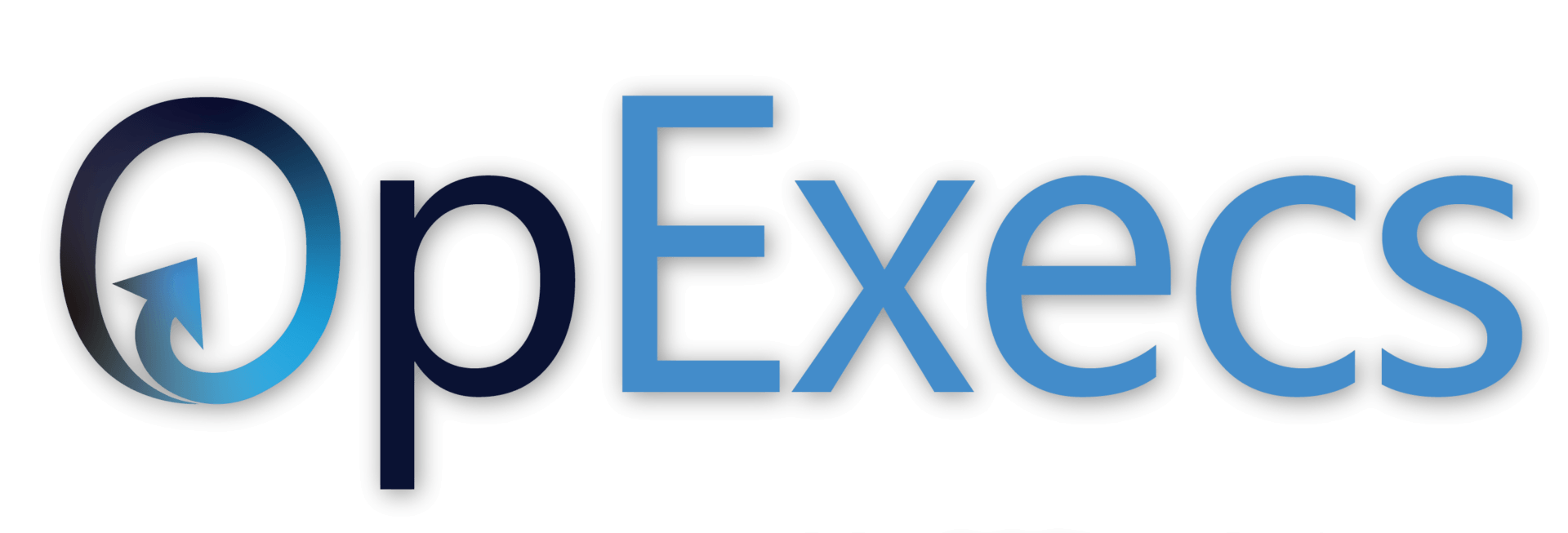Why has the DMAIC approach found success in so many organizations and with all types of people and challenges? What does it mean for your industry and customers?
As an industry executive and college professor, I have had the privilege of teaching thousands of people across a multitude of industries how to accomplish real positive change by harnessing the power of Lean Six Sigma. It works. The reason it works is that it teaches people who are experts in their own process how to solve thorny problems and have impact in a short period of time, whether they come in the form of:
- feedback from a customer about quality
- issues with employee retention due to poor human resource problems
- costly labor requirements due to non value adding activities
- unexpected costs from broken equipment or
- an inability to serve customers due to issues with supply …
Problems exist in every industry and every function. Teaching people how to solve these thorny issues helps them control their own work environment and have the energy to tackle new opportunities.
It’s not only the technical side of a problem that people learn to address. Perhaps more importantly, they gain leadership skills as they learn to influence top decision makers, drive customer loyalty through listening and addressing concerns, and become more credible as efficiency experts who can make any organization run more smoothly.
Our experience and project list includes improvement efforts netting millions of dollars in Manufacturing, Finance, Sourcing, Government, Healthcare, Human Resources, Compliance, and Information Technology. The most effective way to teach people how to use this approach remains doing so in an environment customized to their work.
This occurs because most students instinctively apply learning from their own perspectives. Projects implemented in an emergency room or other healthcare facility will have different requirements and applicable tools than ones implemented on the shop flor. Digital processes, the norm in financial services, require a different approach than manufacturing ones. Training that is customized to a work environment will ensure that examples are taught in the language of that environment. Simulations enabling participants to learn while having fun on a real time basis can be customized so that application after class is intuitive. Perhaps most important, being surrounded by other practioners in your industry will help you network with people who have relatable project experiences and provide the opportunity to connect after class … where the real work sets in!
/
